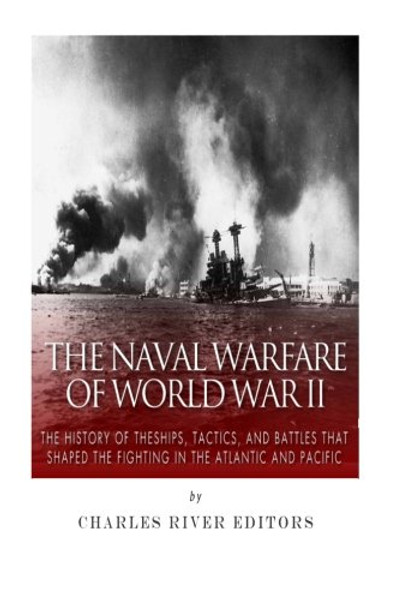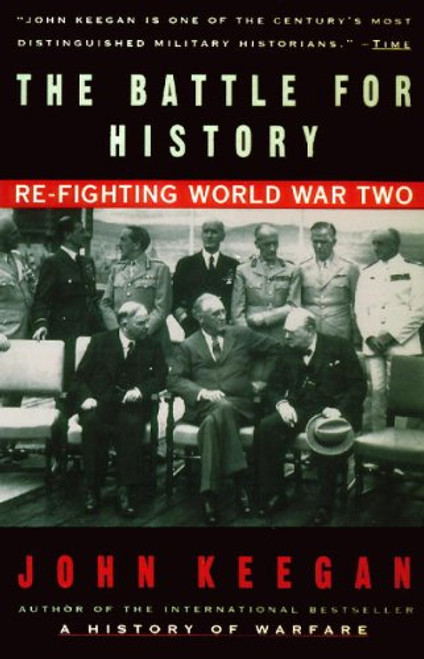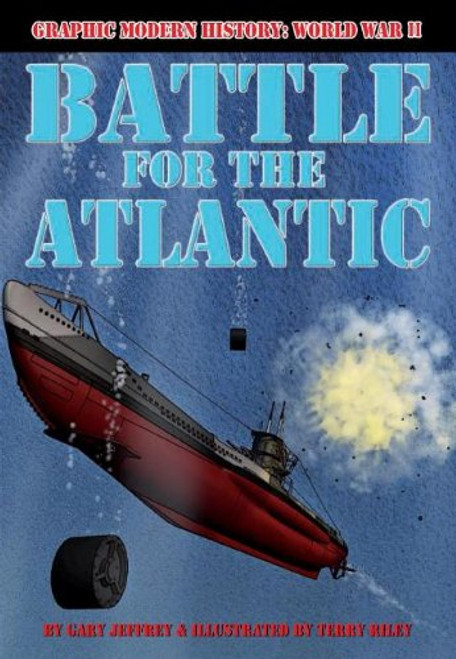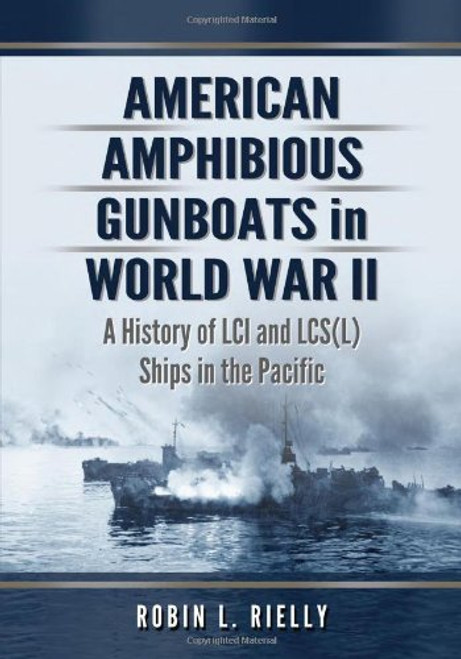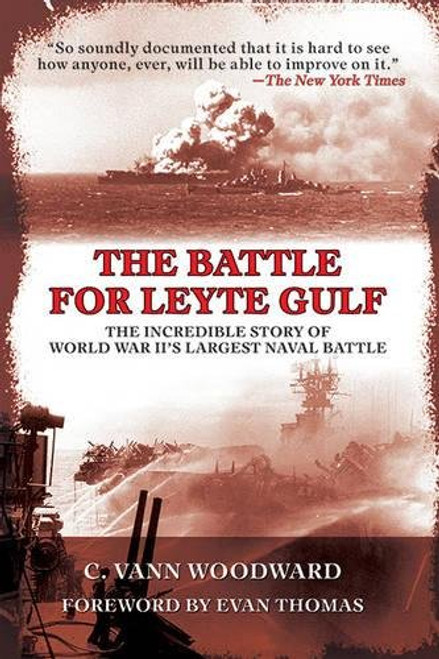Product Overview
*Includes pictures *Includes accounts of battles like Pearl Harbor, Midway, Coral Sea, and more. *Profiles the different nations' naval forces and strategies *Includes online resources and a bibliography for further reading *Includes a table of contents Naval combat underwent a significant metamorphosis during World War II. Nazi Germany and Imperial Japan launched some of the most powerful battleships ever to sail the world's oceans, yet the conflict witnessed the emergence and triumph of the aircraft carrier as the 20th century's true monarch of the seas. Submarine warfare expanded and developed, while aircraft technology and doctrine experienced several revolutionary changes due to the unforgiving demands of the new combat environment. Popular accounts of World War II frequently focus on the dominance of German panzers over the more lightly armored, lightly armed tanks of the Soviets, British, and Americans, or the superb fighting skills of the Waffen SS and ordinary Wehrmacht soldiers. Germany's land forces enjoyed an undoubted advantage over their enemies thanks to excellent vehicle technology, while German soldiers slaughtered vast numbers of Soviet conscripts and proved formidable opponents even to their better-trained English and American counterparts. However, the Axis failed to secure either the seas or the skies, and their defeat in these theaters ultimately led to their doom. Many highly advanced aircraft designs languished on the drawing boards of Junkers and Messerschmitt engineers, left undeveloped due to high command disinterest or simple lack of resources. The most advanced fighters developed by Nazi Germany and Imperial Japan were equaled or outmatched by such aircraft as the U.S. F6F Hellcat (which achieved kill ratios of between 13 to 1 and 19 to 1 against Japanese Zero fighters) or P-51 Mustang. America, with its vast productive resources and immense manufacturing capacity, single-handedly supplied the materiel that saved Britain and the Soviet Union from defeat. It did so by controlling the sea lanes and eventually ending much of the threat of U-boat attack, supplying England and Russia with staggering quantities of food, weapons, raw materials, trucks, tanks, aircraft, prefabricated buildings, boots, ammunition, medicines, and even entire locomotives and sets of railway rolling stock. Over 50% of the Soviet Union's entire wartime supply base, from food and clothing to weapons and vehicles, came directly from the United States. In time, the American and British navies progressively destroyed their Axis counterparts, ensuring clear sea lanes, high strategic mobility for seaborne invasions, and large-scale air support that eventually battered the Axis armies into submission. Just as the Luftwaffe paralyzed Poland's defenders in 1939 with air superiority, so the Allies' mastery of naval and aerial warfare turned the tables to paralyze the Nazis and Japanese: The fate of Germany and Japan was sealed [...] by the many-layered application of Anglo-American air and sea power. The totality of this pressure [...] eventually choked off Axis mobility. [...] Air and sea power could operate throughout the productive process, not only to affect the battlefield, but to determine how much and what kinds of military equipment were produced and deployed. (O'Brien, 2015, 480). Indeed, the ultimate weapon of World War II proved to be not a powerful tank or a specific type of aircraft, but a gigantic piece of military hardware combining the newly augmented power of both air and naval operations, the aircraft carrier. Every diverse element of the military machine had a crucial role to play, but the aircraft carrier stood head and shoulders above any other single system as the key to victory in the mid 1940s.
